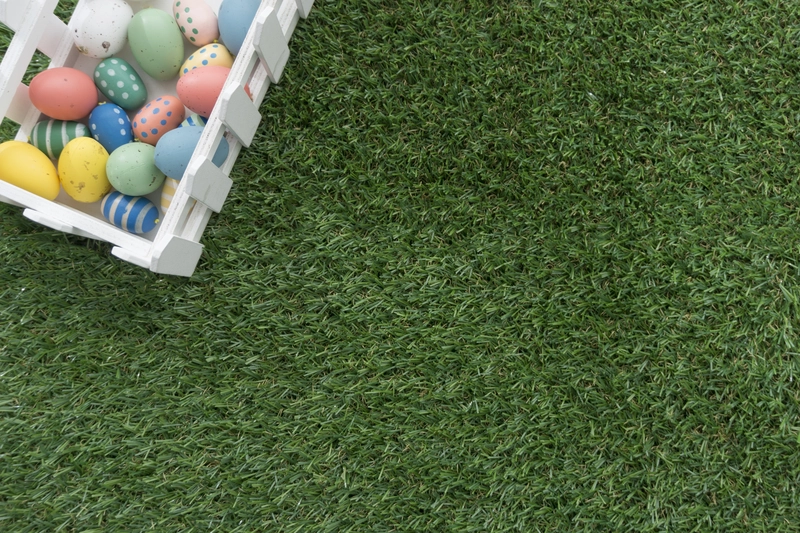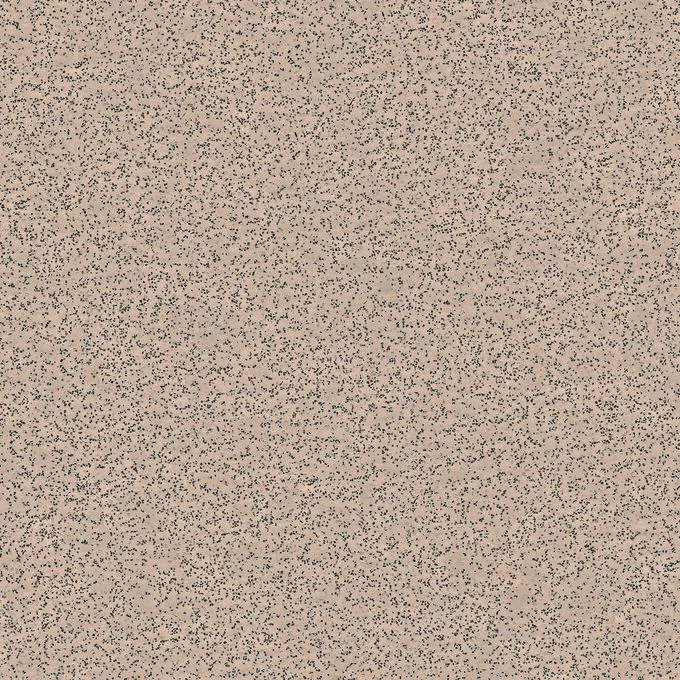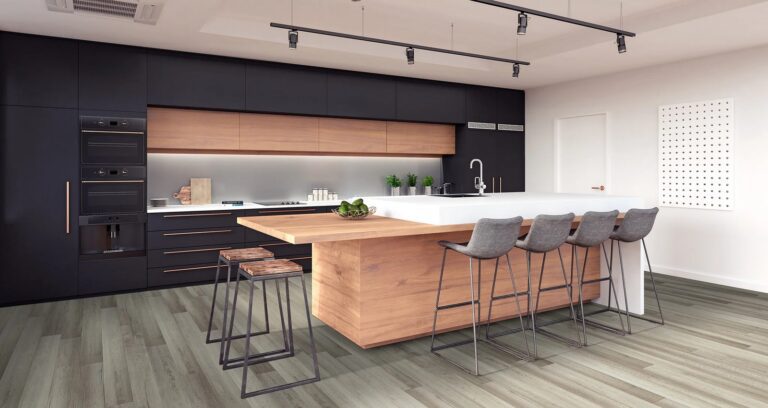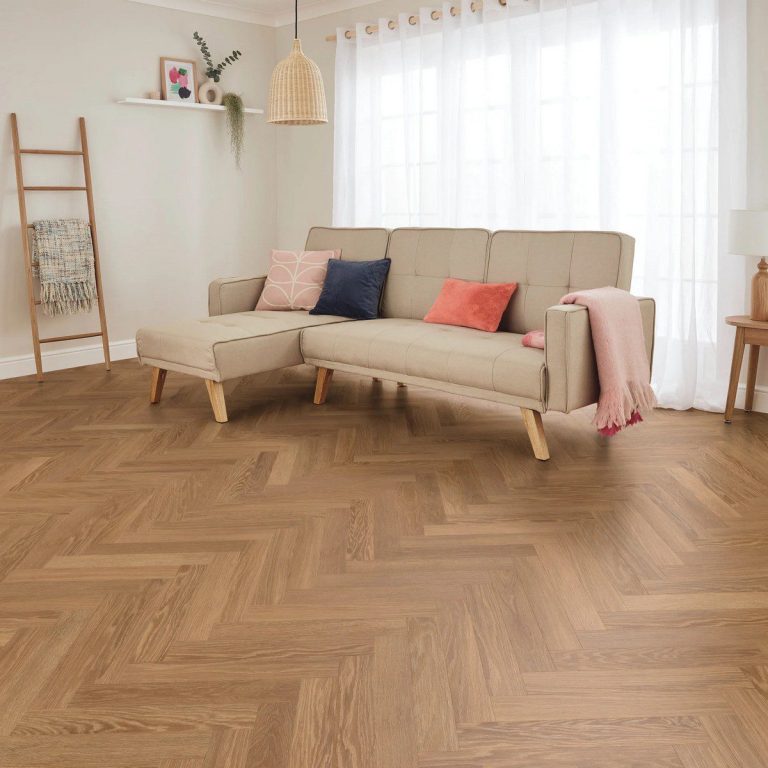Artificial grass has become a popular choice for homeowners and businesses looking to maintain a lush, green landscape without the hassle of traditional lawn care. But, how long does artificial grass last?
Understanding its longevity is crucial for making an informed investment. This article explores what artificial grass is, the factors that influence its lifespan, and how to maximise its durability.
It will also highlight key signs that indicate when it’s time for a replacement. Learn everything you need to know about keeping your artificial lawn in top shape!
What Is Artificial Grass?
Artificial grass is a synthetic surface made from materials such as nylon, polyurethane, and latex, designed to mimic the appearance and feel of natural grass while providing a durable and low-maintenance alternative to traditional landscaping.
This innovative solution is increasingly popular in various applications, such as golf courses, playgrounds, and sports fields, catering to the needs of children and pets alike.
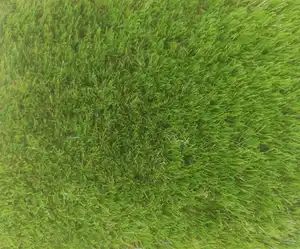

See product: Summer Days Bloom
The Factors That Affect The Lifespan Of Artificial Grass
The lifespan of artificial grass can vary significantly based on several crucial factors, including the quality of materials used in its production, the amount of use it endures, the climate in which it is installed, and the level of maintenance and care it receives over time.
Factors such as exposure to children and pets can also affect its durability, making it essential for homeowners and businesses alike to understand these elements to maximise the longevity of their artificial lawns.
a. Quality Of Materials
The quality of materials is a primary determinant of artificial grass longevity, with options like nylon, polyurethane, and latex offering varying levels of durability and performance. Higher-grade materials generally result in a more resilient surface that can withstand the wear and tear from heavy foot traffic and environmental conditions.
When assessing the choices available, it becomes clear that material selection profoundly influences not just aesthetic appeal but also practical functionality. For instance, nylon is renowned for its superior strength and resistance to abrasions, making it ideal for high-traffic areas, while polyurethane tends to offer better UV stability, which prevents fading and degradation over time. On the other hand, latex features a softer texture that can provide a more natural feel underfoot, though it may not possess the same level of durability.
- Nylon: Exceptional durability, suitable for busy landscapes.
- Polyurethane: Enhanced UV resistance, maintains colour and quality.
- Latex: Soft surface, provides comfort but less durable.
Ultimately, while each material has its unique advantages, selecting the right type will significantly affect the overall lifespan and upkeep of the artificial grass.
b. Amount Of Usage
The amount of usage artificial grass receives directly impacts its lifespan, with high-traffic areas, such as sports pitches or spaces frequented by children and pets, experiencing faster wear and tear compared to less utilised regions. Understanding usage patterns is essential for selecting the right type of artificial grass that can withstand specific demands.
For example, in play areas where children enjoy various activities, such as running and playing ball games, durable artificial turf is crucial, as it can endure the repeated stress from rapid foot movement and jumping. Likewise, pet-friendly options often feature reinforced fibres that resist abrasion from claws and maintain their lush appearance despite occasional digging or scratching. In sporting applications, such as football pitches or tennis courts, choosing premium quality synthetic grass ensures longevity, while also providing the necessary support to perform optimally. It’s important to evaluate:
- Expected foot traffic and intensity
- Type of recreational activities
- Maintenance requirements associated with different grades of artificial grass
By assessing these factors, one can make an informed decision about which type of artificial grass will best suit their specific needs and environments.
c. Climate and Weather Conditions
Climate and weather conditions play a significant role in determining the lifespan of artificial grass, as extreme temperatures, UV exposure, and precipitation can lead to faster degradation of the materials used. Regions like the Fraser Valley in Canada and various areas in the UK experience different weather patterns, which can influence the durability and maintenance needs of synthetic lawns.
Understanding how these diverse climatic influences interact with artificial grass is crucial for homeowners and businesses alike. For example, the Fraser Valley’s relatively mild but damp climate can lead to the growth of mould or mildew on synthetic surfaces, necessitating regular cleaning to maintain their aesthetic appeal and functionality.
In contrast, the UK’s cooler and often rainy environment requires attention to drainage systems. This can prevent water pooling which might shorten the lifespan of the grass. In coastal areas of the UK, salt exposure from sea spray may also be a concern.
It is paramount for users to consider these regional factors when choosing materials and implementing installation practices suited to their specific environment.
d. Maintenance And Care
Proper maintenance and care are critical for extending the lifespan of artificial grass, as regular cleaning and proper upkeep can prevent the buildup of dirt, debris, and bacteria that may contribute to wear over time. Routine maintenance routines, including brushing and rinsing, can significantly enhance the longevity of the synthetic surface.
Ensuring that this surface remains in optimal condition involves a variety of maintenance practices tailored to its unique needs. For instance, a thorough cleaning regimen should be implemented at least once a month, which includes:
- Brushing: Regularly using a stiff-bristled broom helps lift the fibres and keep them looking fresh.
- Rinsing: A gentle rinse can remove loose debris, as well as prevent odour accumulation from pet waste.
- Weed Control: Checking for weeds and treating them promptly is crucial to avoid any interference with the artificial grass structure.
Failure to routinely care for the grass can lead to significant degradation, including matting of the fibres and the growth of bacteria, which can shorten its overall lifespan.
How Long Does Artificial Grass Last?
The typical lifespan of artificial grass can range from 10 to 25 years, depending on various factors such as the quality of materials, usage, climate, and maintenance. While lower-end products may last around a decade, premium options can endure up to 25 years with proper care and suitable applications.
The Signs That Artificial Grass Needs To Be Replaced
Recognising the signs that artificial grass needs to be replaced is essential for maintaining a safe and aesthetically pleasing environment, with common indicators including:
- fading or discolouration
- thinning of blades
- matting or flattening of the grass
- visible damage or tears
These symptoms can signal the end of its lifespan and the need for timely replacement.
a. Fading Or Discolouration
Fading or discolouration of artificial grass is often the first visible sign of degradation, typically caused by prolonged UV exposure and environmental factors, which can impact the vibrant colour and overall aesthetic of the lawn. This change can detract from the appearance and may indicate the need for replacement.
Numerous aspects can contribute to these fading effects, including the intensity of sunlight, the quality of the materials used in the turf, and the local climate. In areas with scorching summers and minimal rainfall, the challenges can be even more pronounced.
To protect artificial grass from fading, regular maintenance is essential. This can include:
- Creating shade: Install canopies or plant trees to shield the turf from direct sunlight during peak hours.
- Using protective sprays: There are specialised products available that can help protect the grass fibres from UV rays.
- Regular cleaning: Dirt and debris can trap heat and exacerbate fading, so routine maintenance can keep the surface looking fresh.
By taking proactive steps, homeowners can prolong the life and vibrancy of their artificial lawns.
b. Thinning Of Blades
Thinning of blades is another critical sign that artificial grass is nearing the end of its lifespan, often resulting from heavy use and wear over time, which can lead to a less lush and inviting surface. This thinning can affect not only the visual appeal but also the safety of the area, especially for children and pets.
When people walk, play, or run on the surface repeatedly, the artificial grass fibres can become compacted, leading to a lack of resilience. This wear can be exacerbated by environmental factors such as UV radiation, extreme weather conditions, and improper maintenance practices.
Regular upkeep, including brushing and cleaning, is essential to prolong the life of the turf and maintain its vibrant appearance.
- Heavy foot traffic
- Improper installation
- Neglecting regular maintenance
Each of these factors contributes to the deterioration of the grass, which marks the transition towards a less safe and visually appealing landscape.
c. Matting Or Flattening Of Grass
Matting or flattening of artificial grass occurs when the fibres become compressed due to prolonged use, resulting in a less appealing and potentially unsafe surface. Regular maintenance is crucial to ensure that the grass remains in optimal condition, as neglecting it can lead to increased wear and tear over time.
The primary causes of matting include heavy foot traffic, exposure to harsh weather conditions, and the accumulation of debris. When the fibres of the grass lose their shape and resilience, the overall visual quality deteriorates, leading to potential safety hazards. To effectively manage and combat matting, consider implementing the following maintenance strategies:
- Routine Brushing: Gently brush the surface to lift the fibres and restore their upright position.
- Regular Rinsing: Hosing down the grass can help remove dirt and debris that contribute to matting.
- Proper Drainage: Ensure that the area is well-drained to avoid water pooling, which can warp the fibres.
Ultimately, if matting becomes excessive and maintenance strategies fail to improve the situation, it may be time to consider replacement to maintain aesthetic appeal and safety.
d. Visible Damage Or Tears
Visible damage or tears in artificial grass can significantly compromise both its functionality and appearance, making it imperative for homeowners to address these issues promptly. Such damage can arise from extreme weather conditions, improper installation, or heavy wear, and is often the most telling sign that replacement is necessary.
When artificial grass suffers from visible damage, such as fraying edges, discolouration, or significant tears, it not only detracts from the overall aesthetic appeal but can also hinder its performance. These imperfections can create uneven surfaces, leading to uncomfortable experiences for those using the area, whether for recreation or relaxation. Damaged sections may accumulate dirt and debris, making cleaning difficult and further diminishing its look.
In cases where the damage is severe, the likelihood of further deterioration increases, ultimately resulting in more costly repairs or complete replacement. Recognising the signs of wear can help homeowners take proactive measures:
- Regularly inspect the surface for signs of wear.
- Address minor issues quickly before they escalate.
- Consider weather-resistant measures.
By acting decisively at the first indication of trouble, homeowners can maintain their landscape’s integrity and enjoy the long-lasting benefits that come with a well-cared-for artificial lawn.
How to Extend The Lifespan Of Artificial Grass
Extending the lifespan of artificial grass involves a combination of regular maintenance, proper cleaning, protection from harsh weather conditions, and ensuring correct installation practices.
By adopting these strategies, homeowners can significantly enhance the durability and aesthetic appeal of their synthetic lawns, making them a long-lasting investment.
1. Regular Cleaning and Maintenance
Regular cleaning and maintenance are essential practices for prolonging the life of artificial grass, as they prevent debris build-up and preserve the surface’s integrity.
Simple tasks such as brushing, rinsing, and removing debris can make a significant difference in maintaining its aesthetic and functional qualities.
Homeowners should understand that consistently addressing these aspects not only enhances the appearance of their lawns but also significantly contributes to the overall durability of the grass. Engaging in these activities allows homeowners to avoid issues such as discolouration, unattractive odours, and even the potential growth of mould.
Here are a few specific practices to consider:
- Brushing: Regularly utilising a stiff-bristled broom helps to maintain an even surface and lifts the fibres to keep them standing upright, enhancing visual appeal.
- Rinsing: Occasional rinsing with a hose can effectively remove dirt, dust, and any pet waste, ensuring the surface remains fresh and intact.
- Debris Removal: Promptly clearing leaves, twigs, and other debris not only prevents the accumulation of organic matter but also inhibits weed growth, contributing to a clean and safe play area.
Through these proactive measures, homeowners can enjoy a beautiful and resilient lawn that stands the test of time.
2. Protecting From Harsh Weather Conditions
Protecting artificial grass from harsh weather conditions is crucial for its longevity, as extreme heat, heavy rain, and sudden snow can significantly accelerate wear and tear. Utilising protective measures such as proper drainage and shading can help mitigate the effects of these environmental factors.
To enhance the durability of synthetic turf, a variety of strategies can be employed. For instance, installing effective drainage systems ensures that excess water is quickly expelled, preventing pooling and associated damage during heavy rainfall. Utilising shade cloths or strategically placing parasol structures can shield the grass from direct sunlight, which not only keeps it cool but also minimises discolouration over time.
Regular maintenance, including brushing and cleaning, also contributes to its resilience by removing debris that can harbour moisture and mould. In regions prone to snowfall, using a snow blower rather than shovels can prevent physical damage to the grass blades.
By integrating these measures, property owners can effectively protect their synthetic turf investments and extend its lifespan, allowing for continued enjoyment in various weather conditions.
3. Proper Installation And Infill
Proper installation and the use of appropriate infill materials are vital components that contribute to the longevity of artificial grass, ensuring it remains stable and retains its appearance over time. Researching and following installation guidelines can prevent future issues that lead to quicker degradation.
Neglecting these aspects can result in a range of problems, such as uneven surfaces or reduced durability, which can ultimately affect the aesthetic and functional benefits of the synthetic turf.
When selecting infill, one must consider factors such as weight, drainage capabilities, and environmental impacts. Choosing the right type of infill not only improves the feel and look of the artificial grass but also enhances its resilience to wear and tear.
To achieve the best results, consult installation manuals. thoroughly measure and prepare the base properly, select high-quality infill options, such as antimicrobial or eco-friendly materials and keep in mind that the proper maintenance routine will further extend the lifespan of your turf.
4. Avoiding Heavy or Sharp Objects on the Grass
Avoiding heavy or sharp objects on artificial grass is an important maintenance tip that can significantly extend its lifespan, as these items can cause permanent damage or unsightly marks. Being mindful of the activities conducted on the surface and educating users about the potential risks can help maintain its integrity.
Artificial grass, known for its durability and low maintenance, can suffer greatly if subjected to certain hazards. Items like heavy equipment, sharp tools, and even sports boots can puncture or tear the synthetic blades, leading to costly repairs. To prevent such occurrences, consider the following strategies:
- Regular Education: Hold workshops for users, especially in community parks and schools, to discuss the importance of caring for artificial grass.
- Clear Signage: Place signs around the area that clearly outline prohibited items.
- Designate Specific Areas: If certain activities involve heavy or sharp objects, create designated areas away from the artificial turf.
Integrating these methods ensures that users are informed and that the lush appearance of the turf is protected, allowing everyone to enjoy its benefits for years to come.
That’s a complete explanation of the lifespan of artificial flooring. If you are interested in bringing artificial grass to your home, you can directly contact TEKA Flooring to get the best quality of artificial grass.
Don’t worry, there are many types of artificial grass from TEKA Flooring that you can choose from according to your preferences or needs. Learn more on our blog and don’t hesitate to contact our expert team.
Read Also:


























